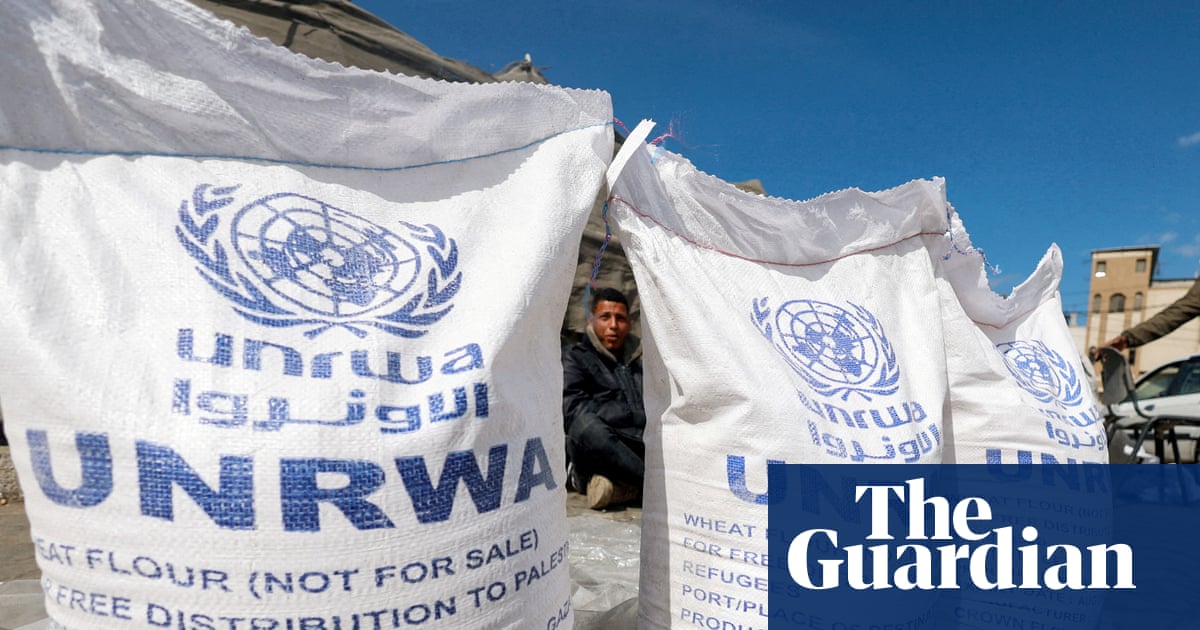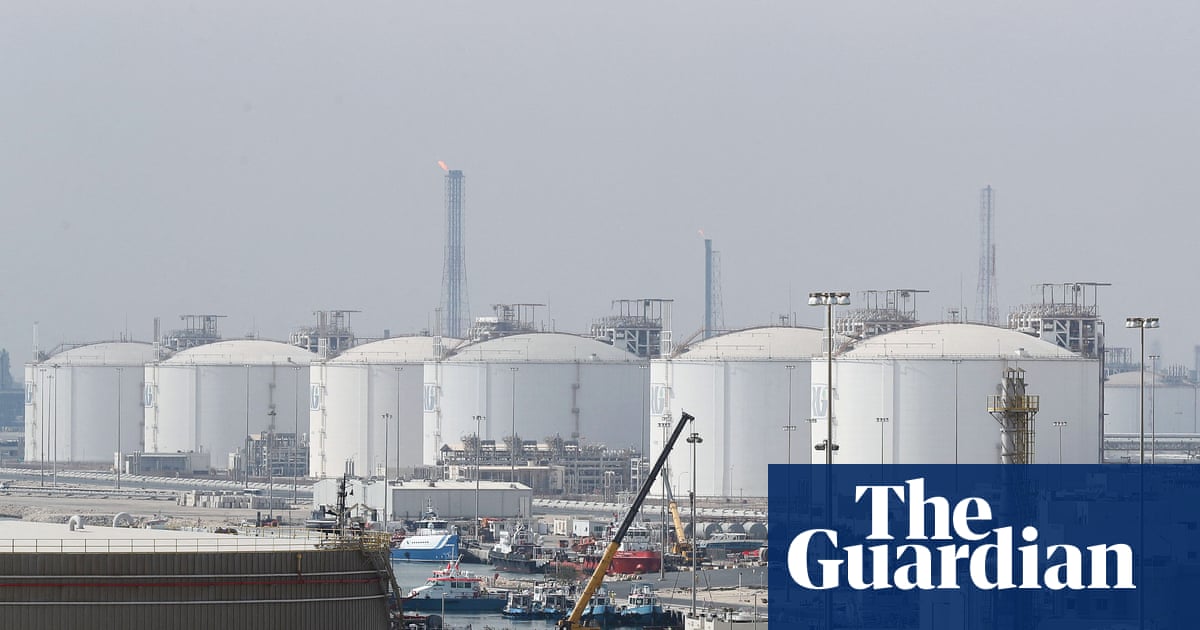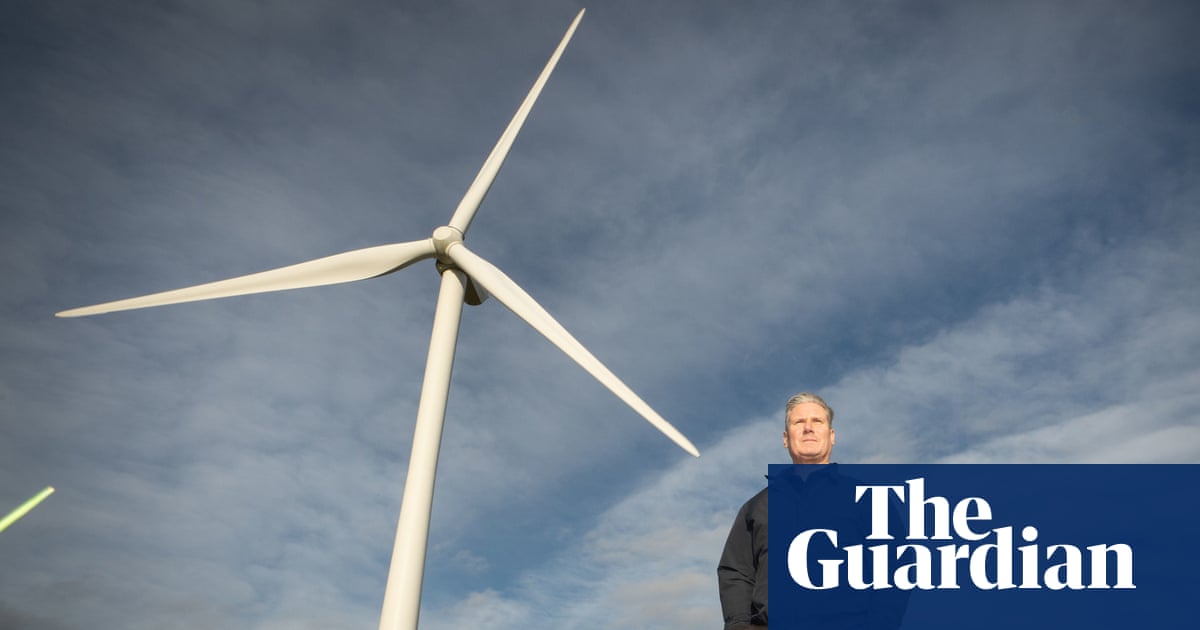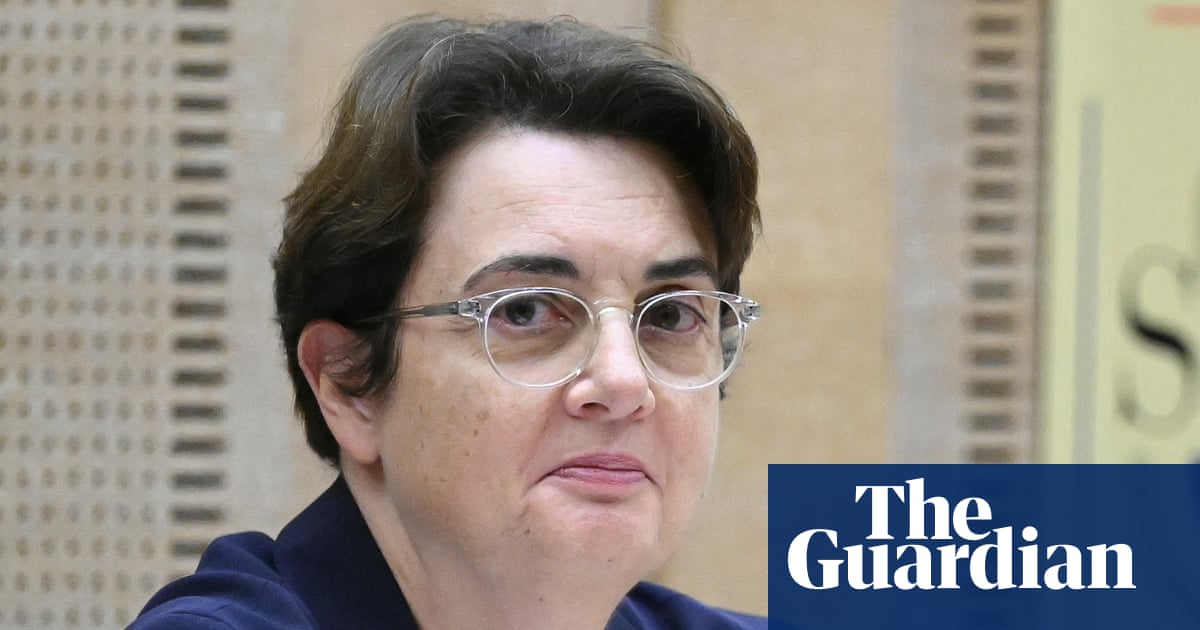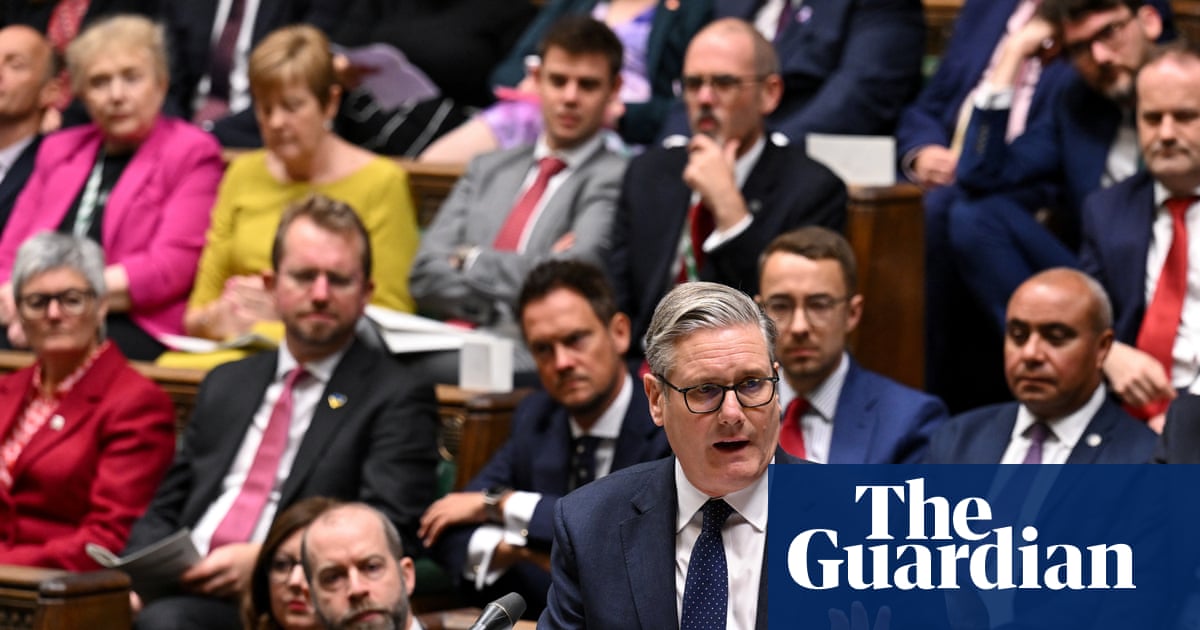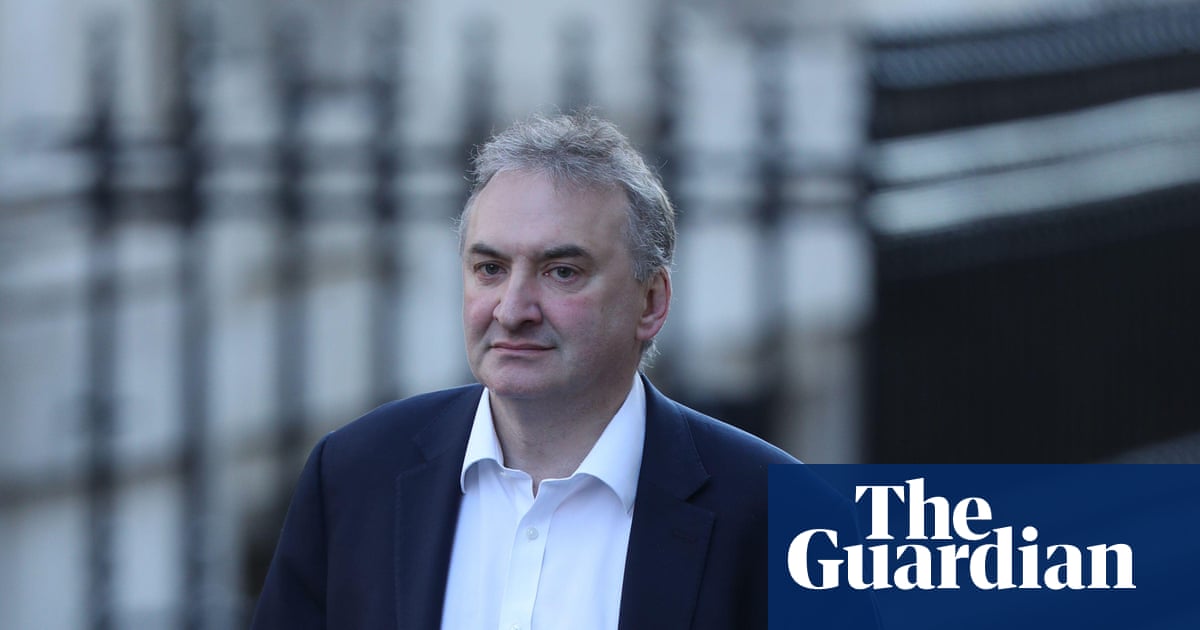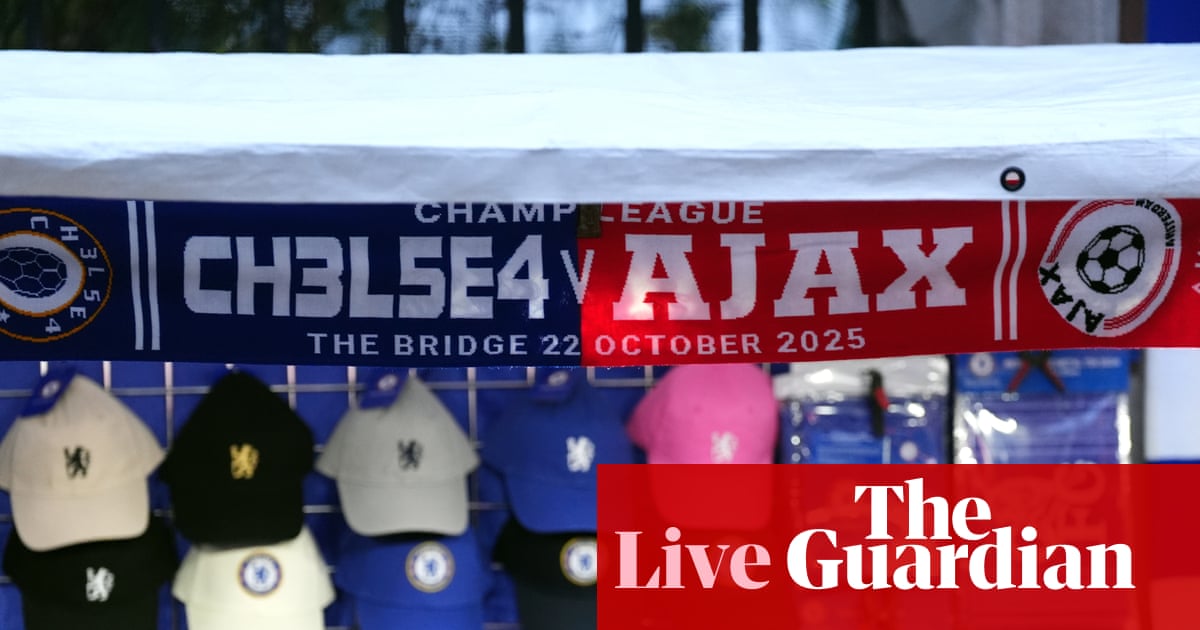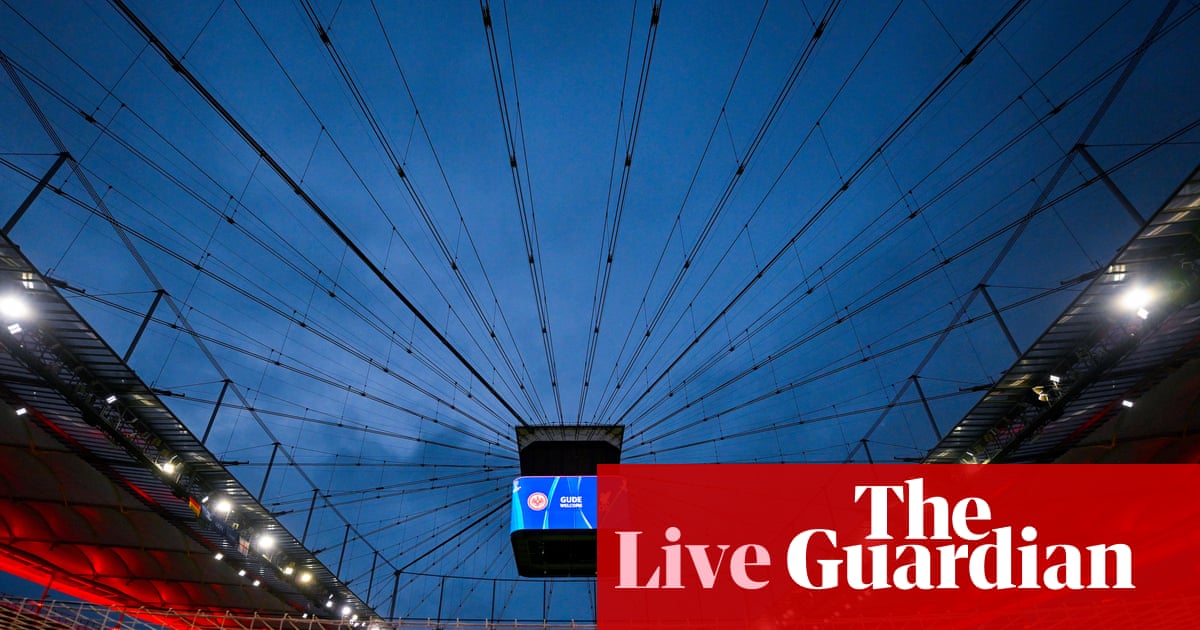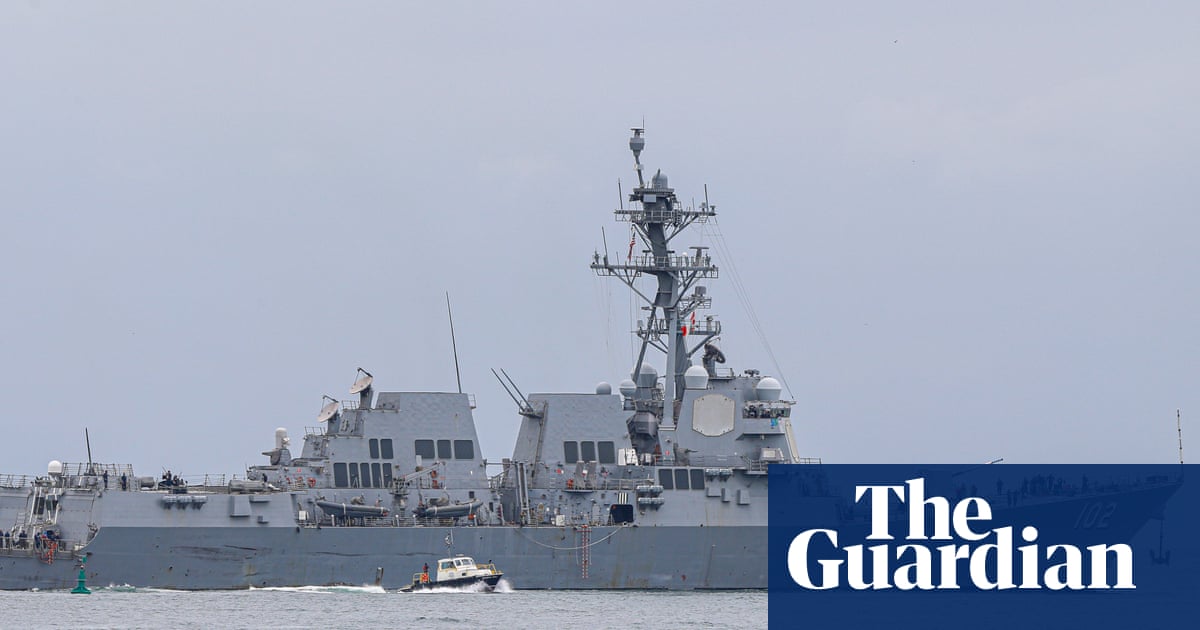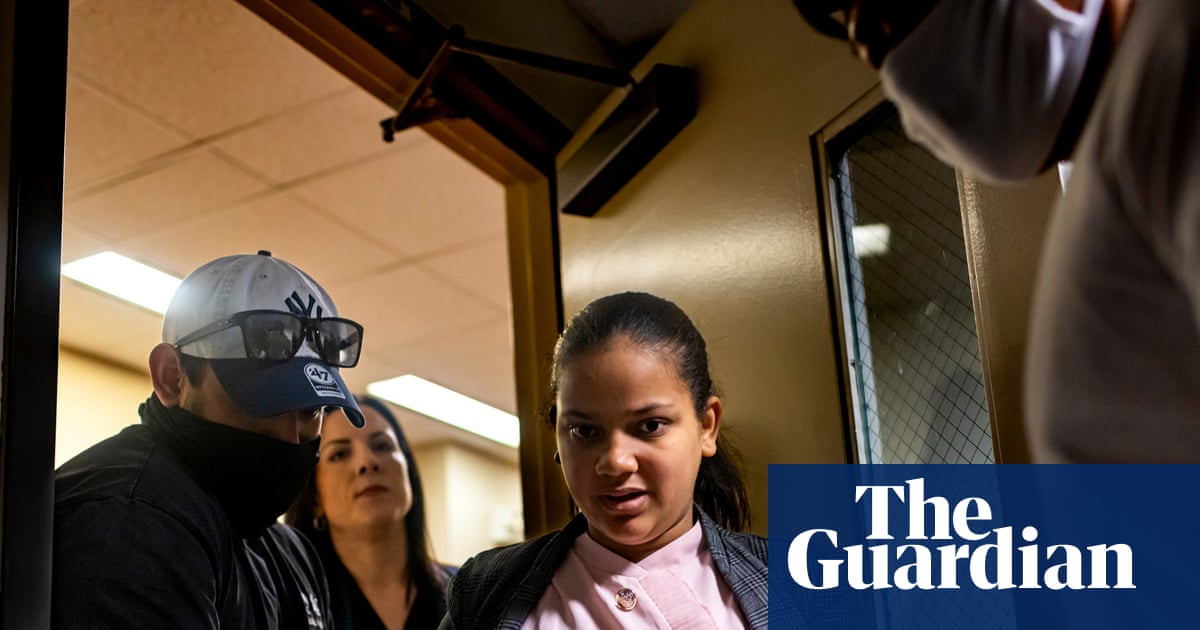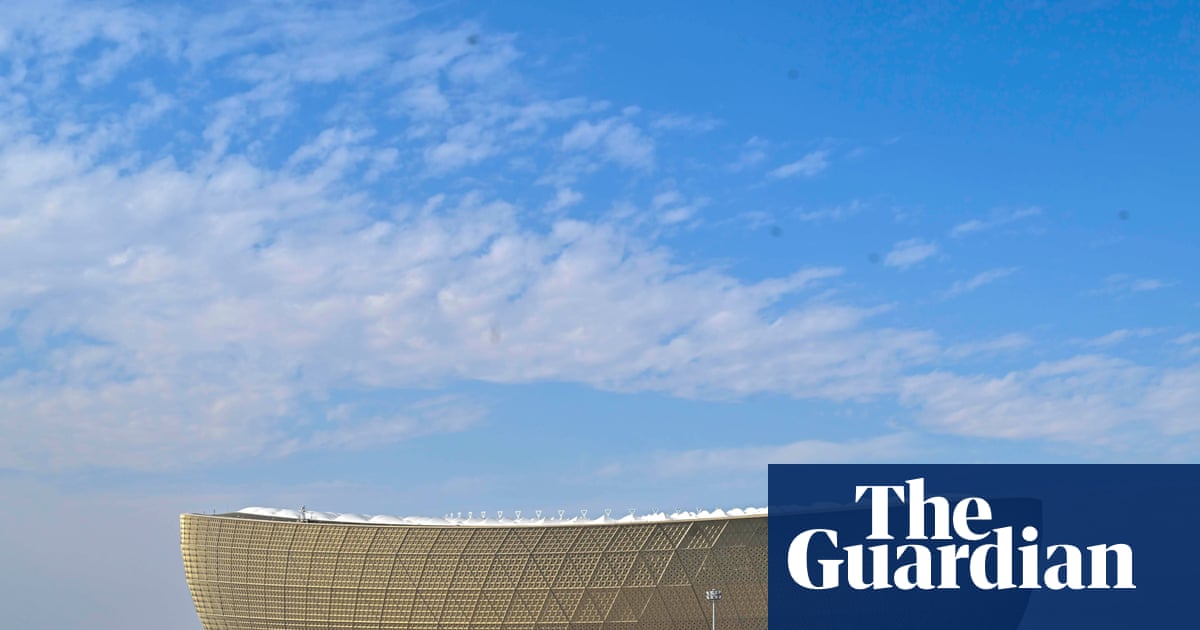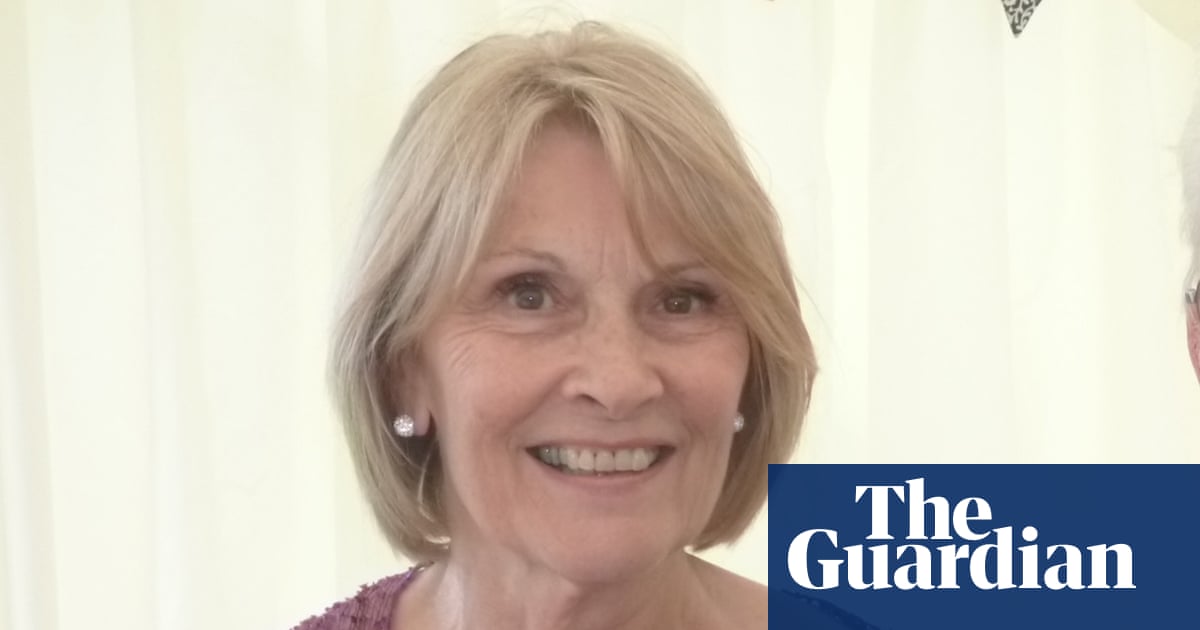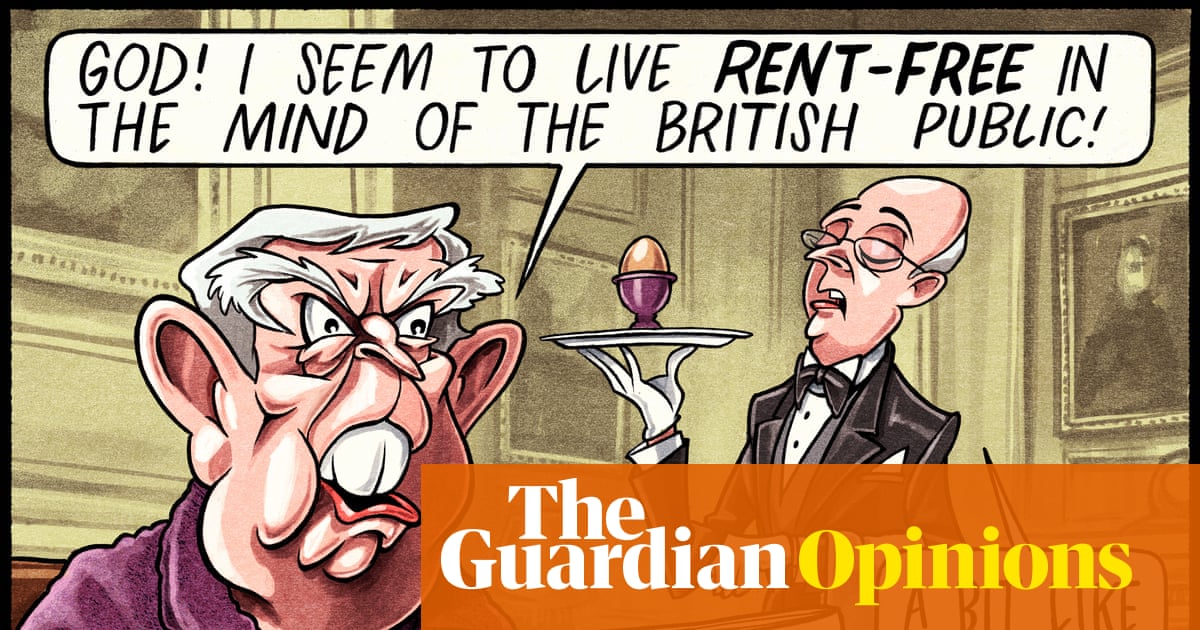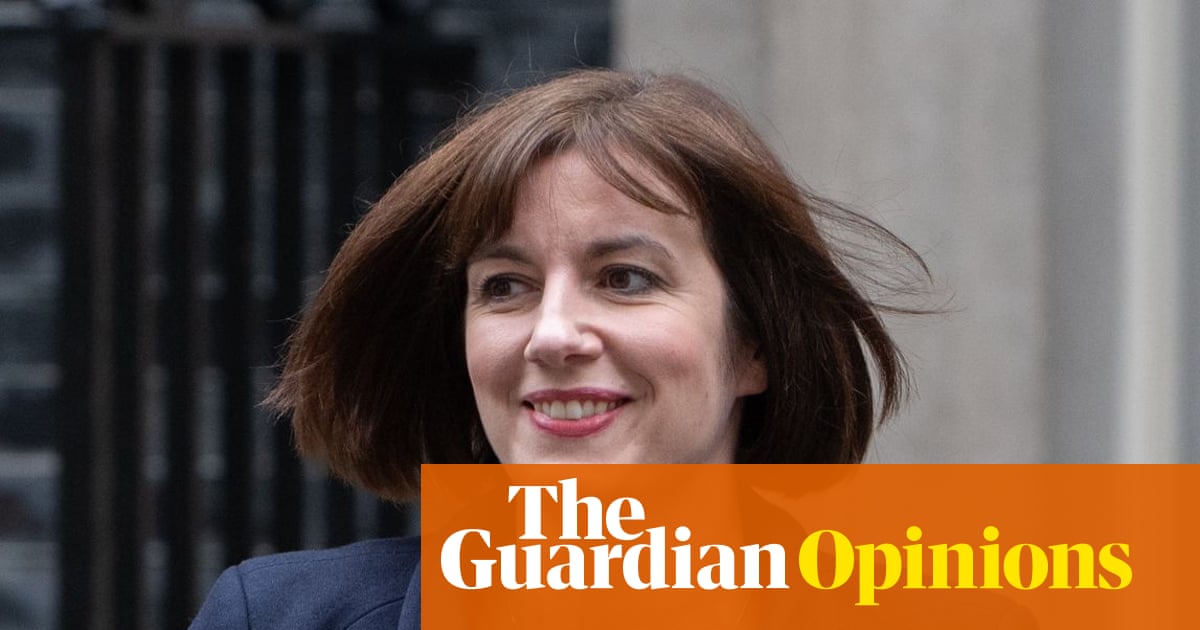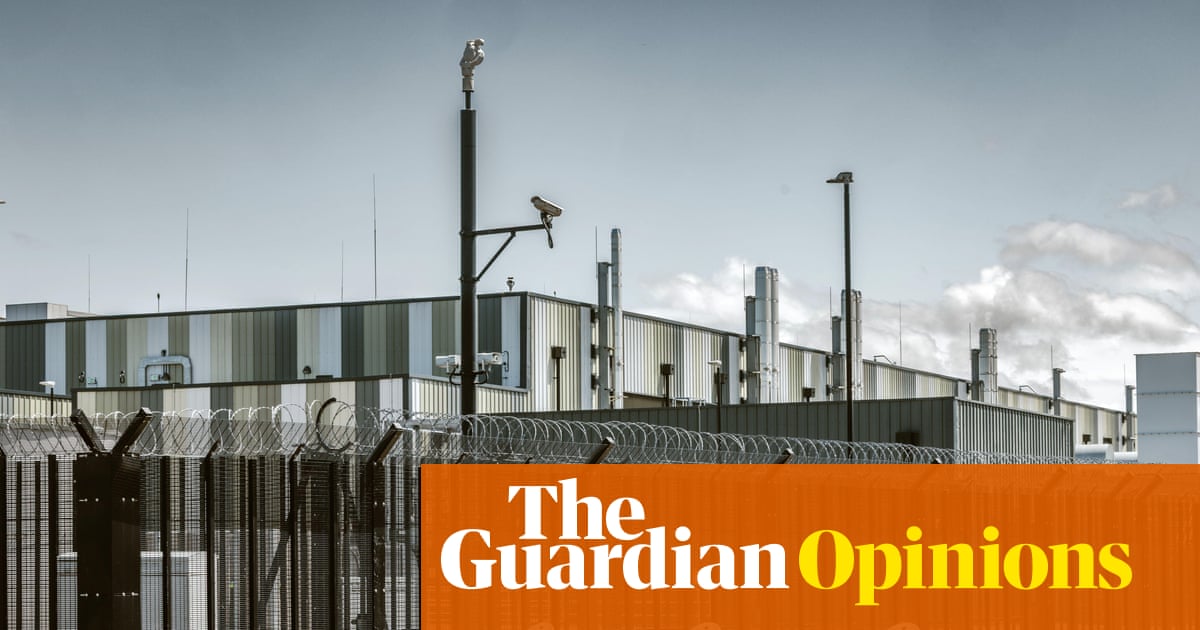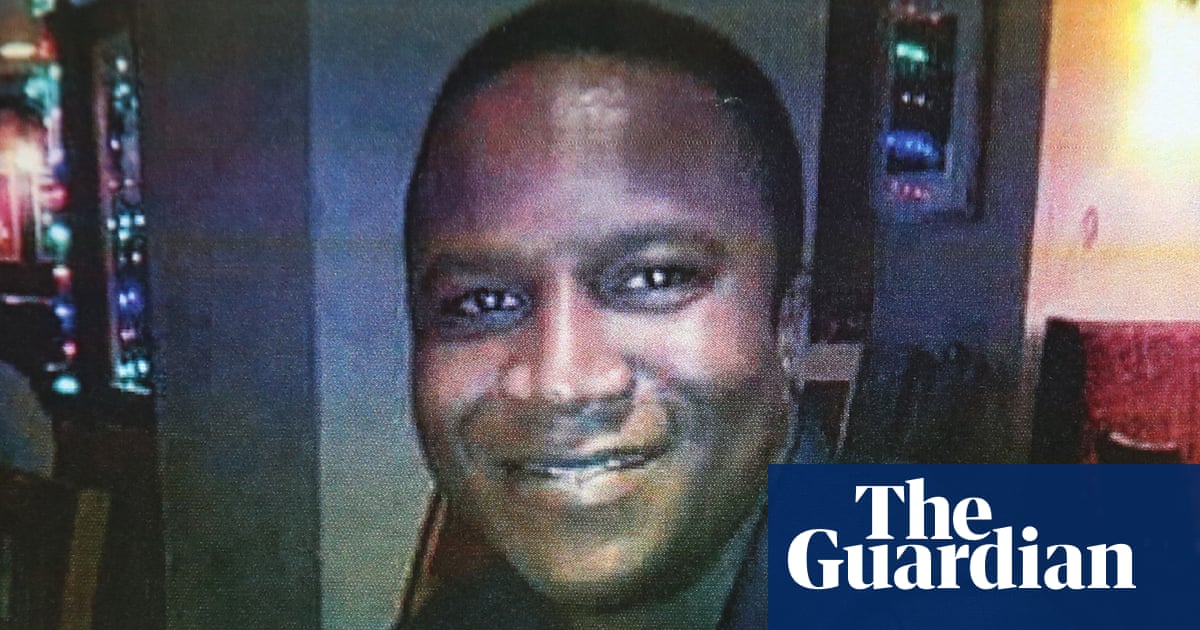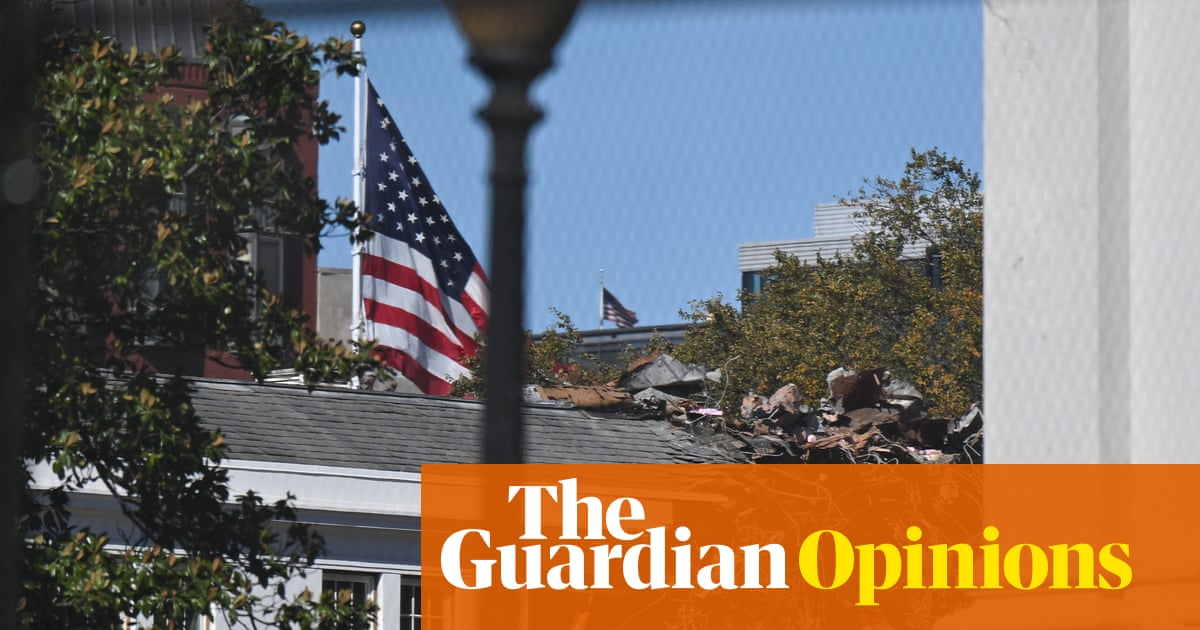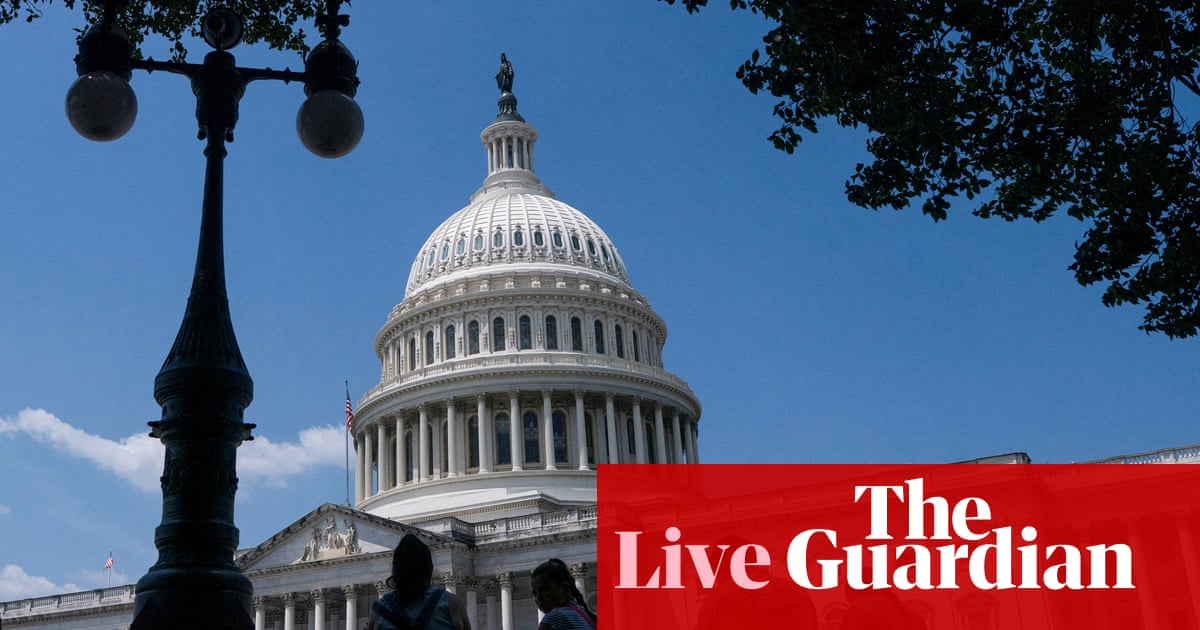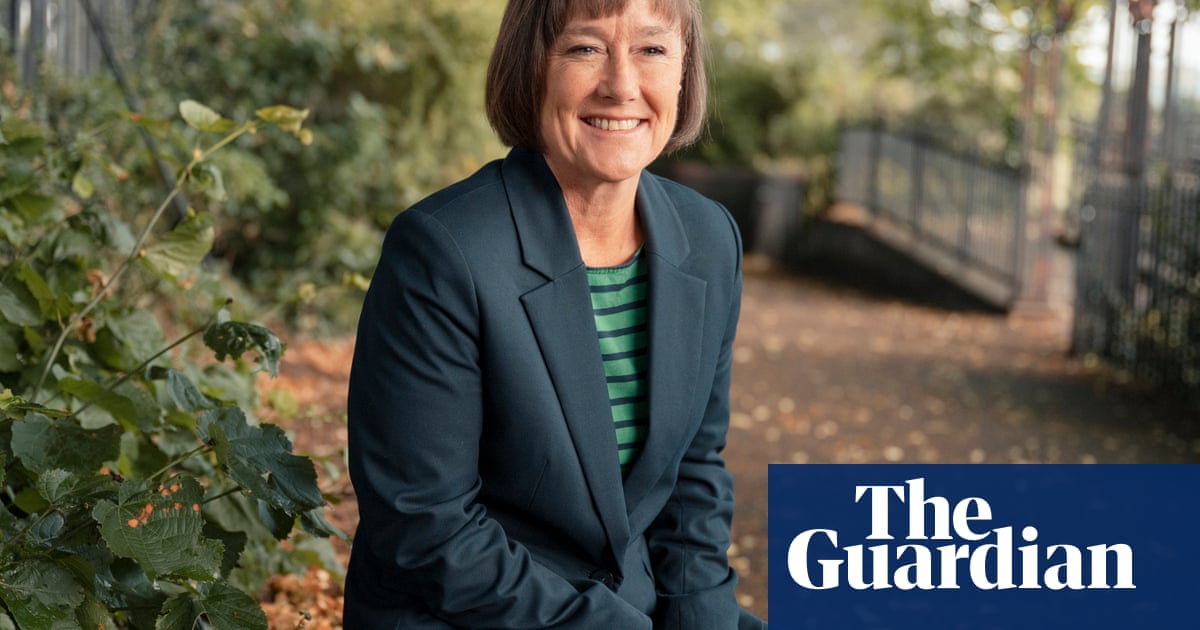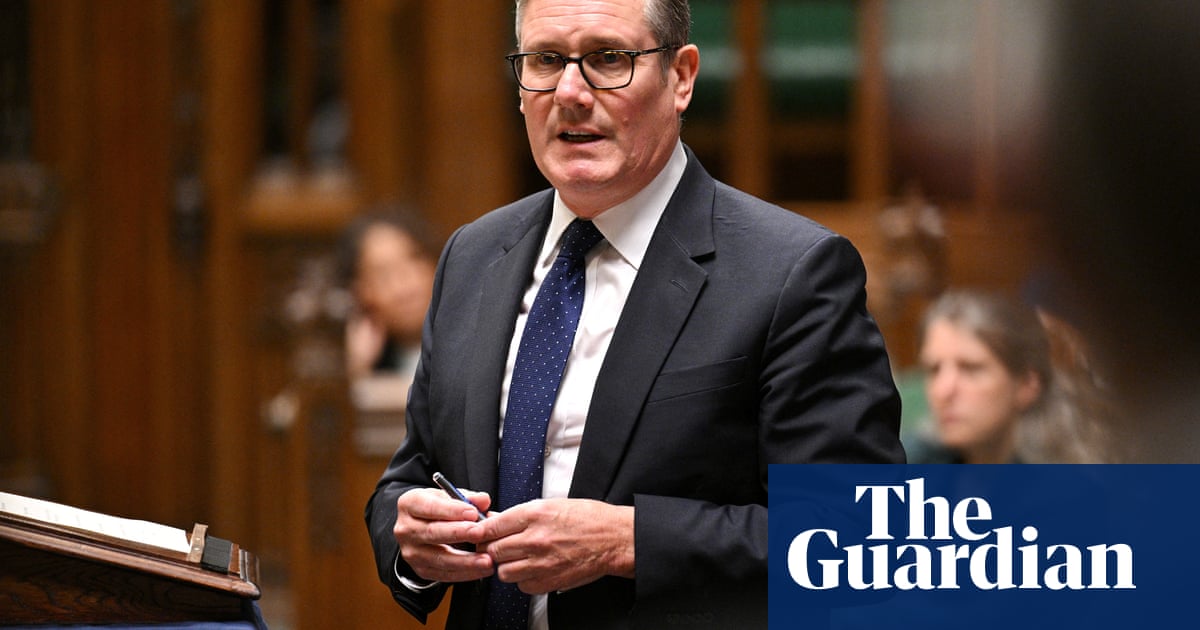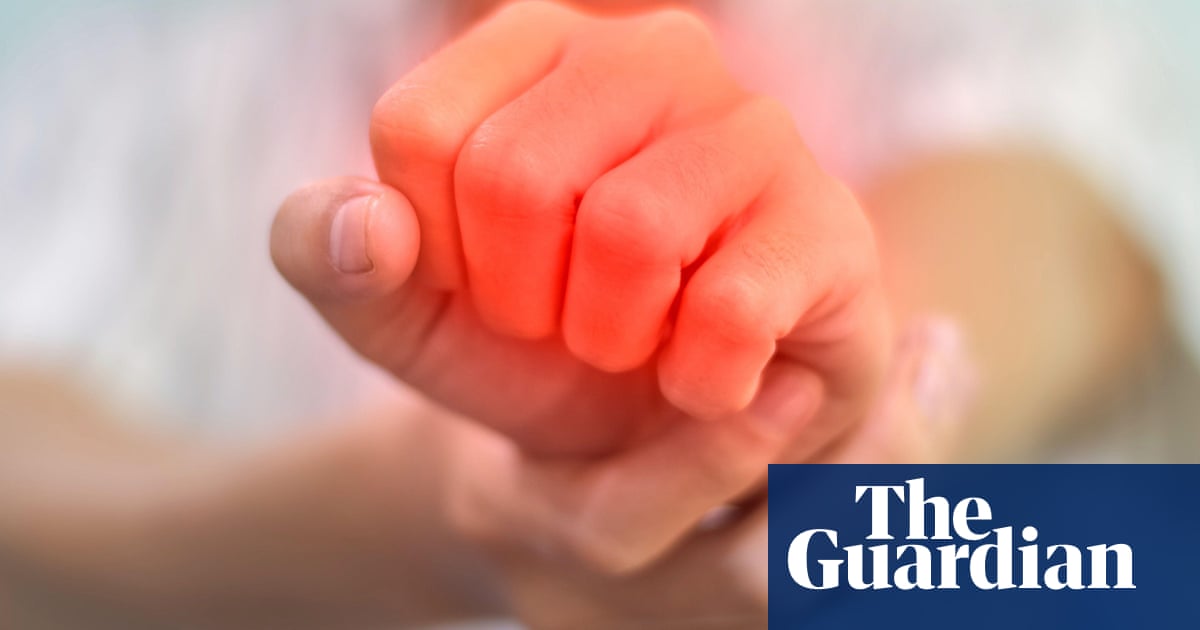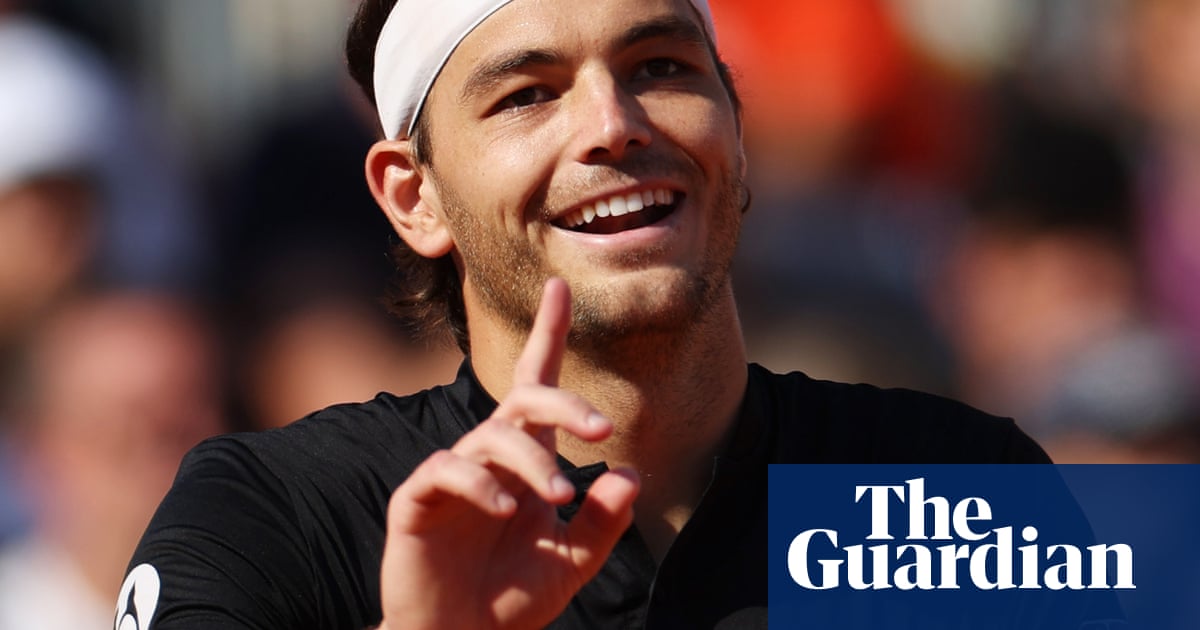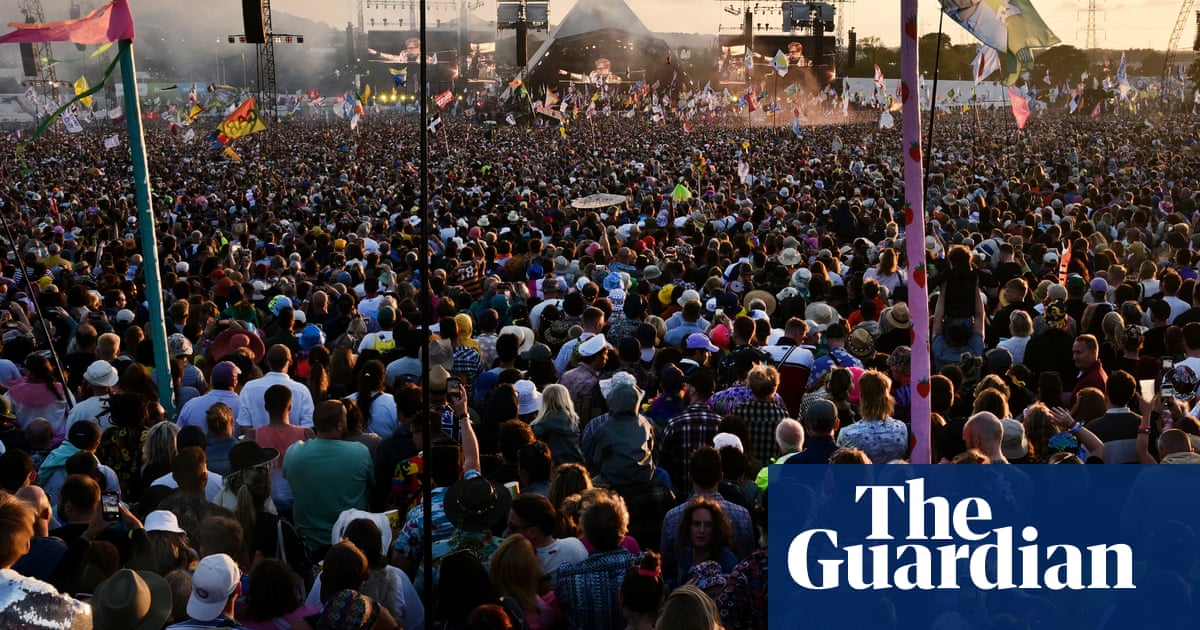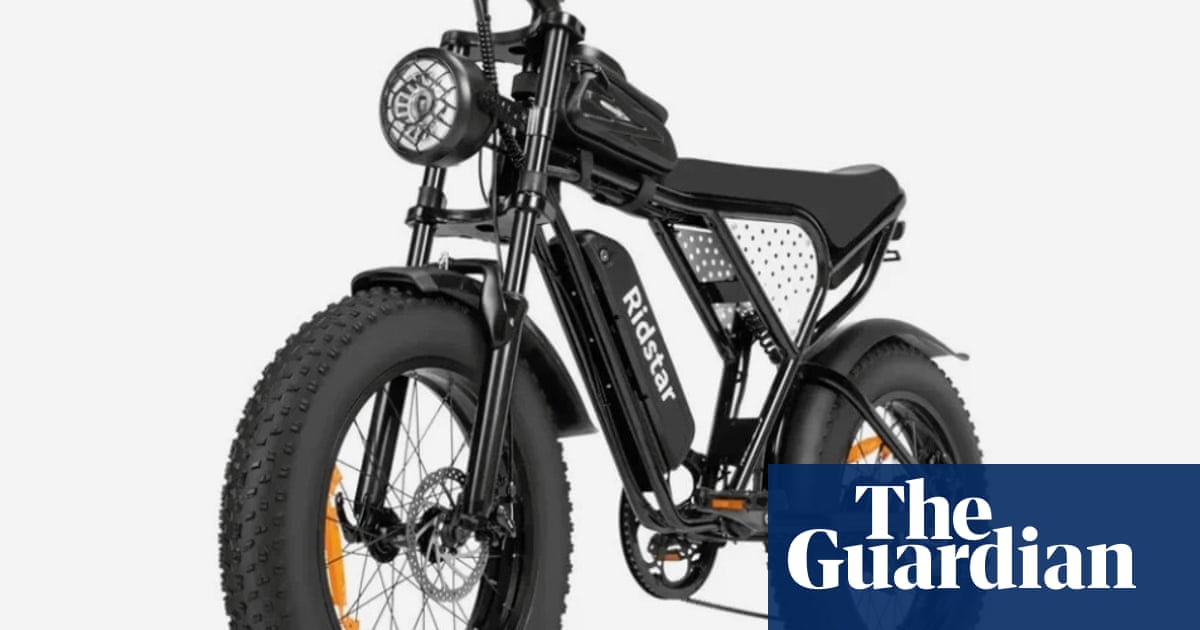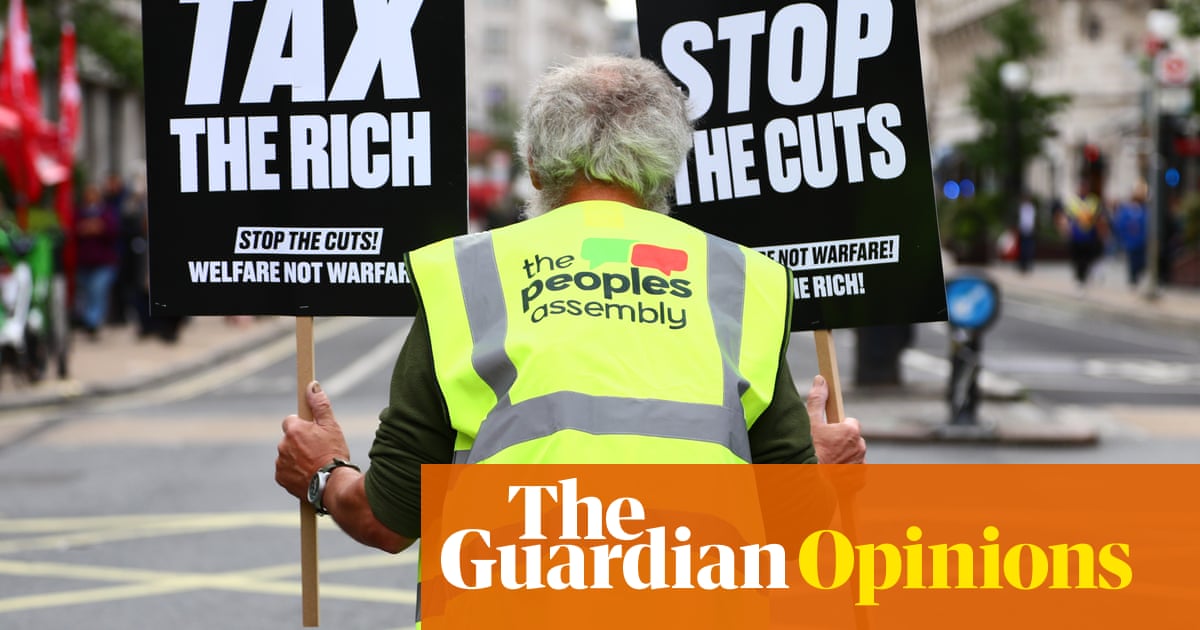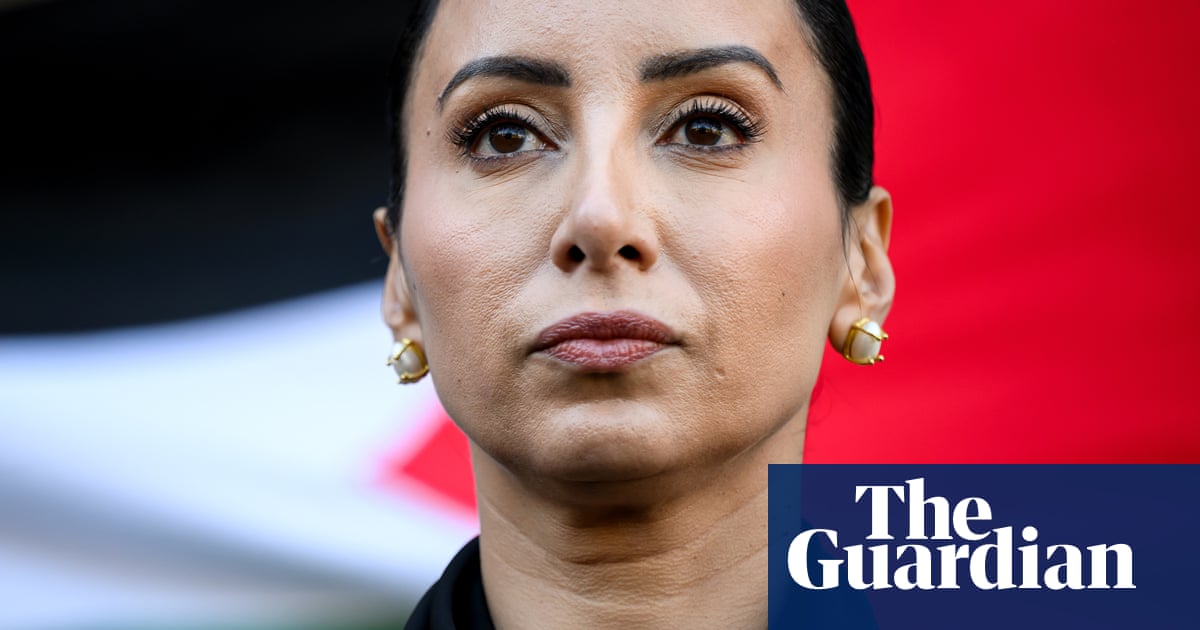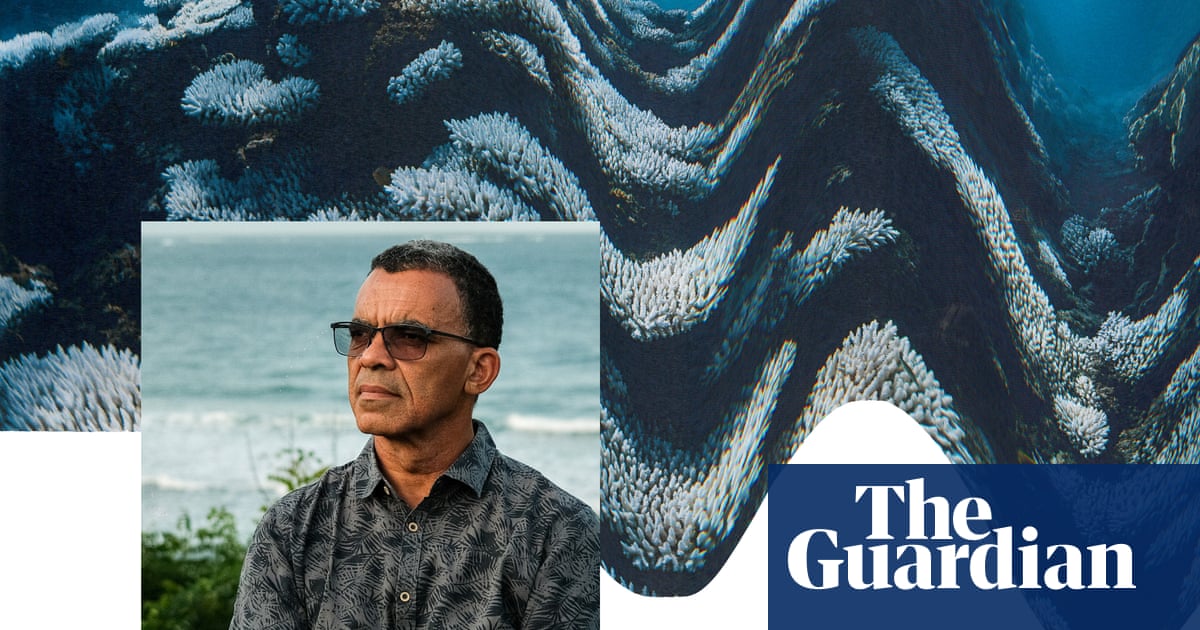Another week, another flip-flop from Donald Trump on Ukraine. Last month the US president declared that Ukraine could regain all the land lost since the 2022 invasion (“Why not?”) adding that Russia had been fighting “aimlessly” and was in “BIG economic trouble”. But after a two-and-a-half hour phone call with Vladimir Putin, Trump swung back to Moscow-friendly talking points. “Let it be cut the way it is,” he said, referring to Ukrainian territory.
Behind the scenes it was even worse. In a tense meeting at the White House last Friday Trump urged Volodymyr Zelenskyy to give up swathes of territory to Russia, telling him “your country will be destroyed” unless he made a deal with Russia. Ukraine also failed to secure the US Tomahawk missiles Zelenskyy had hoped for.
In the diplomatic scramble to sway the unpredictable, praise-seeking US president, Zelenskyy and 10 European leaders issued a statement on Tuesday declaring their strong support for Trump’s position “that the fighting should stop immediately” and that the current line of contact should be the starting point of negotiations.
“Russia’s stalling tactics have shown time and time again that Ukraine is the only party serious about peace. We can all see that Putin continues to choose violence and destruction,” said the statement, which was signed by the leaders of the UK, France, Germany, Italy, Poland, Finland, Denmark, Norway, the European Commission and European Council.
European leaders and Ukraine were reported by Bloomberg to be working on a 12-point peace plan, including a ceasefire, security guarantees and Ukraine’s eventual EU membership. Some ideas, notably a peace board chaired by Trump, have been borrowed from the US 20-point plan for Gaza.
Diplomatic dates
Plans for a meeting between Trump and Putin in Budapest, a follow-up to the failed Alaska summit, were put on hold, as the two sides failed to agree on preparatory talks. Trump said he didn’t want a “wasted meeting” but also suggested there could be “more developments”.
If the meeting ever takes place – and Hungary’s Russia-friendly Viktor Orbán is still keen to host – it would be the first time the Russian leader, who is wanted under an international criminal court arrest warrant for war crimes, would step foot on EU soil since launching his full-scale invasion in 2022.
European leaders plan a show of support for Zelenskyy, first at an EU summit in Brussels on Thursday then at a meeting of the “coalition of the willing” in London on Friday. Zelenskyy, who painted a positive picture of his latest meeting with Trump, is expected to attend both gatherings in person. EU leaders are expected to declare “unwavering support” for Ukraine’s independence, endorse plans for a €140bn (£122bn/$162bn) loan to Kyiv based on Russia’s frozen assets and announce their goal to agree further sanctions against Moscow, the 19th round since 2022.
Ceci n’est pas une confiscation
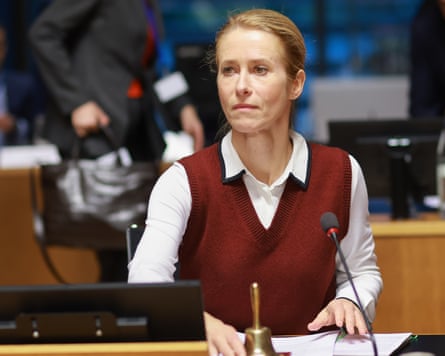
European leaders are increasingly confident of agreement on the €140bn reparations loan, likely overcoming resistance from Belgium, which hosts most of Russia’s frozen assets at the Brussels-based institution, Euroclear. EU leaders are expected to endorse the idea of an interest-free loan for Ukraine based on Russian assets on Thursday, with the aim of funds being available from April 2026, when Kyiv is expected to be running low on cash. The loan would not require confiscation of the funds and could generate around €45bn a year from 2026 to 2028, according to an internal EU document. “The reparation loan can send a very powerful message to Moscow that it can’t outlast us,” the EU’s chief diplomat, Kaja Kallas, said this week, claiming broad support for the previously taboo plan.
Interest in using Russian assets has grown as the cost of aiding Ukraine mounts, while Russia shows no sign of stopping its war.
With governments all over Europe facing tough choices on domestic public spending amid stagnant economic growth, using Russia’s frozen billions begins to look irresistible.
after newsletter promotion
European military aid to Ukraine fell by 57% in July and August compared with the first six months of the year, according to the Kiel Institut’s Ukraine Support Tracker. That fall took place despite European contributions to Nato’s PURL initiative. The Prioritised Ukraine Requirements List was created at Trump’s behest to allow European countries to buy US-made weapons for Ukraine. “Further observation will be necessary to assess whether [the decline] reflects a temporary fluctuation or the beginning of a longer-term trend,” the Kiel Institut said.
Cracks in the wall
But the EU plan hinges on finding a way to ensure that Russian central bank assets remain frozen solid. This means EU sanctions – underpinning the asset freezing – should be permanent without risk of being released. Currently, EU sanctions must be renewed by unanimity every six months, which requires the approval of Hungary.
The search for unanimity remains a sore point for the EU. As the newsletter went to press, Slovakia’s Russia-friendly leader, Robert Fico, continued to block the EU’s latest round of sanctions against Russia, over unrelated complaints about EU policies on the car industry and energy prices.
And a Hungarian veto means that another Ukrainian priority remains on ice. Ukraine, which launched a bid to join the EU days after the full-scale invasion, would like to start technical negotiations, but Hungary has blocked this step for months. No progress is expected on Thursday. Orbán will skip the discussion on Ukraine – he will arrive late to the summit in order to take part in events in Hungary marking the 1956 revolution, which was crushed by Soviet forces. As such EU leaders will simply take “good note” that three negotiating areas are ready to be opened.
Europe would like to see boundless support for Ukraine, especially in the face of an unpredictable US administration. As ever, there are cracks.
To receive the complete version of This Is Europe in your inbox every Wednesday, please subscribe here.

.png) 7 hours ago
4
7 hours ago
4
